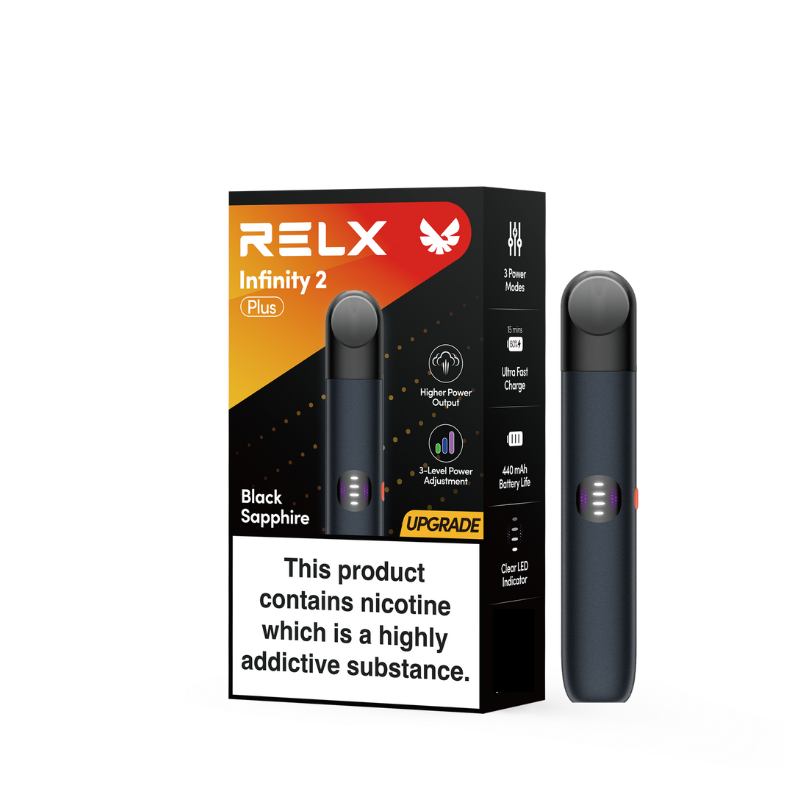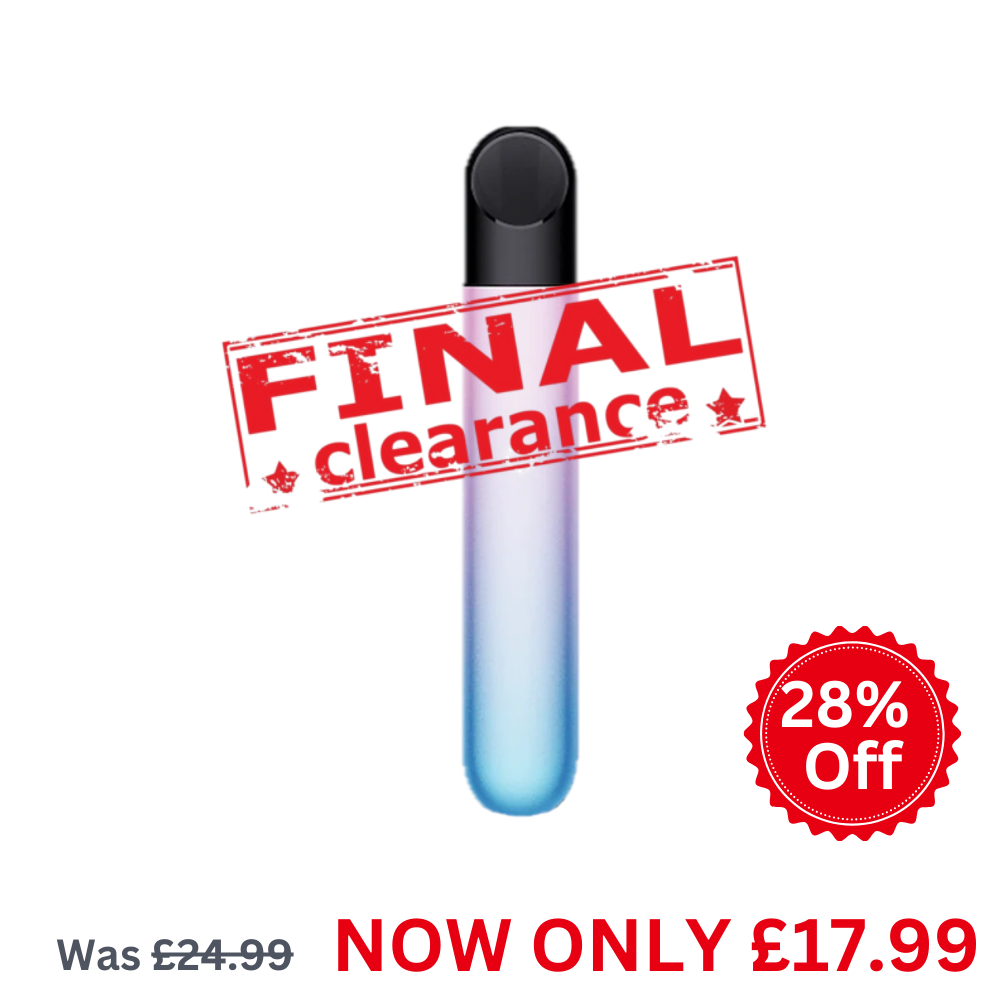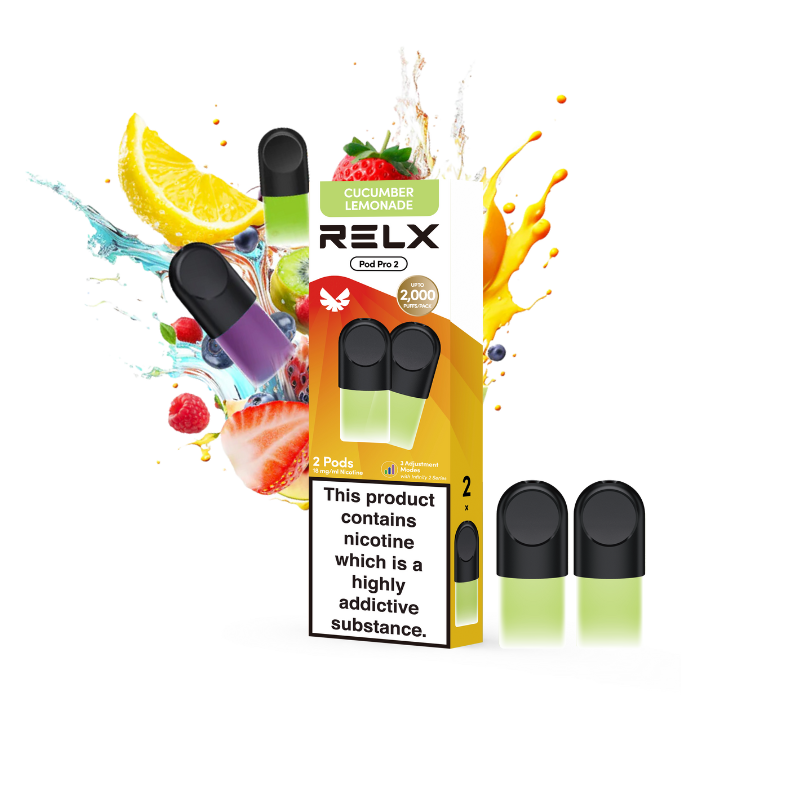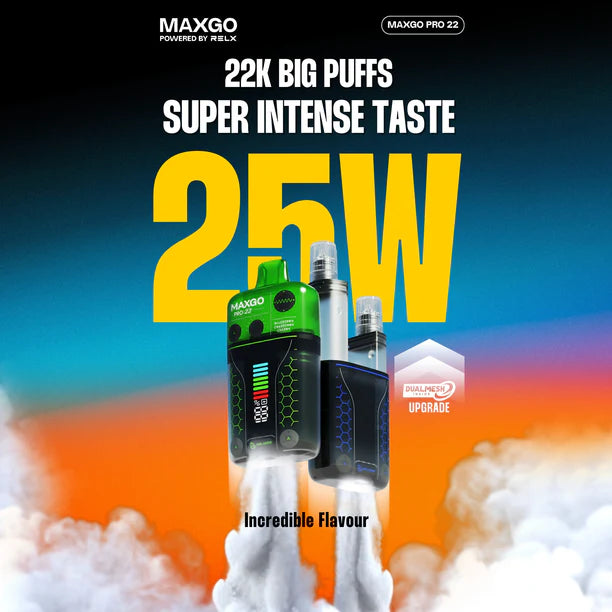Navigating Vape Safety: Making Informed Choices for a Smoother Switch
Considering making the switch from traditional cigarettes to vaping? You're likely seeking a potentially less harmful alternative, and that's a smart move. But with so much information—and misinformation—out there, understanding vape safety can feel overwhelming. The question on many minds is: “What vape is the safest?” This article aims to cut through the noise and provide you with clear, actionable information to help you make informed decisions about harm reduction vaping and choose products that align with safe vaping practices.

Understanding the Landscape: Are Vapes Truly "Safe"?
Let's be upfront: no vaping product is entirely risk-free. The term "safe" in this context is relative, especially when comparing vaping to the well-documented dangers of smoking combustible cigarettes. Public Health England, among other organizations, has stated that vaping is significantly less harmful than smoking [1]. However, it's crucial to acknowledge that vaping is not without potential risks, and more research is needed to fully understand the long-term vaping effects.
Instead of chasing absolute "safety," a more realistic and helpful approach is to focus on harm reduction. This means making choices that minimize potential risks while still addressing your needs as someone transitioning away from cigarettes. For many adults, especially those aged 21-45 seeking alternatives, vaping, particularly with regulated and quality products like RELX, can be a significant step in this direction.
Key Factors in Vape Safety: What to Look For
When considering best vape devices for harm reduction, several factors come into play. It's not just about the device itself, but also the vape liquid ingredients, your vaping habits, and the regulatory environment.
Regulated Vaping Products: The Importance of Compliance
One of the most critical aspects of vape safety is choosing products that adhere to quality and safety standards. Look for brands that prioritize compliance with vape product regulations and, where applicable, are working towards or have received authorization from bodies like the FDA in the United States. While regulations are still evolving globally, choosing products from reputable brands that demonstrate a commitment to quality control provides a degree of assurance. This includes rigorous testing of both devices and e-liquids.
Understanding Vape Liquid Ingredients: What's Inside Matters
Concerns about toxic chemicals in vapes are valid and often fueled by misinformation. Reputable vape liquids typically contain propylene glycol (PG), vegetable glycerin (VG), flavorings, and nicotine. While some flavorings have raised concerns in other contexts (like food production), their safety specifically when vaporized and inhaled is still under investigation. It's essential to choose e-liquids from trusted manufacturers who are transparent about their ingredients and avoid black market or unregulated products that may contain harmful additives or contaminants.
Furthermore, consider the type of nicotine. RELX, for example, utilizes nicotine salts, which allow for smoother nicotine delivery at higher concentrations compared to traditional freebase nicotine. This can be beneficial for those transitioning from cigarettes, but it’s still crucial to be mindful of nicotine consumption and explore nicotine alternatives or lower nicotine strengths over time if desired. Explore the range of RELX Pods and find the best flavors for you.

Clean Vaping Habits: Practices for a Better Experience
Beyond product selection, your vaping habits significantly impact your experience and perceived safety. Clean vaping habits are essential. This includes:
- Proper Device Maintenance: Regularly clean your device as per the manufacturer's instructions. For closed pod systems like RELX, this primarily involves keeping the connection points clean.
- Using Compatible Products: Only use pods or e-liquids specifically designed for your device. Avoid refilling closed pods or using third-party liquids not intended for your system.
- Storing E-liquids Safely: Keep e-liquids out of reach of children and pets, and store them in a cool, dark place as directed.
- Mindful Vaping: Be aware of your vaping frequency and nicotine intake. Listen to your body and avoid excessive vaping.
Addressing E-Cigarette Health Risks and Vaping Side Effects
It’s important to be informed about potential e-cigarette health risks and vaping side effects. While vaping is considered less harmful than smoking, it is not without risks. Common short-term side effects can include dry mouth, throat irritation, cough, and dizziness, especially when starting. These often subside as your body adjusts.
Concerns about more serious electronic cigarette dangers, like EVALI (e-cigarette or vaping product use-associated lung injury), have been largely linked to illicit THC-containing vape products, not regulated nicotine vapes [2]. However, ongoing research continues to investigate the potential long-term health impacts of vaping, including cardiovascular and respiratory effects. It’s crucial to stay informed about vape studies and research as the science evolves. For exploring different options and features, browse the Devices page.

Nicotine Alternatives and Strengths: Finding Your Balance
Nicotine is the addictive substance in both cigarettes and most vapes. While nicotine itself has some physiological effects (like increased heart rate and blood pressure), it is not the primary cause of smoking-related diseases. For many, nicotine is a crucial component in transitioning away from cigarettes. However, if your goal is to eventually be nicotine-free, explore options for gradually reducing nicotine strength. Some brands, including RELX, offer various nicotine strengths in their pods.
Long-Term Vaping Effects and Ongoing Research
As vaping is a relatively recent phenomenon compared to smoking, comprehensive data on long-term vaping effects is still being gathered. Ongoing vape studies and research are crucial to fully understand the potential risks and benefits over decades of use. Public health organizations and research institutions are actively investigating various aspects, including respiratory health, cardiovascular health, and cancer risk. It's important to remain aware of emerging research and adjust your understanding and practices accordingly.

Safe Vaping Practices: Actionable Steps You Can Take
To maximize harm reduction and practice safe vaping practices, consider these actionable steps:
- Choose Regulated Products: Opt for reputable brands like RELX that prioritize quality and comply with regulations.
- Understand Ingredients: Be aware of the ingredients in your e-liquids and choose trusted sources.
- Maintain Your Device: Keep your device clean and use it as intended.
- Practice Mindful Vaping: Be conscious of your vaping habits and nicotine intake.
- Stay Informed: Keep up-to-date with credible information about vaping and e-cigarette health risks.
- Consider Quitting (Eventually): While vaping can be a harm reduction tool, if your long-term goal is to be free from nicotine dependence, explore cessation resources when you feel ready. Consider a Subscription for a 11% discount.
The Role of Vape Product Regulations and FDA Oversight
Vape product regulations and oversight from agencies like the FDA vape regulations play a vital role in shaping the vaping landscape and influencing product safety. Regulations aim to establish manufacturing standards, restrict harmful ingredients, and prevent youth access. As regulations evolve, they are expected to further enhance consumer protection and promote responsible vaping practices.
Conclusion: Making Informed Choices for Your Journey
Ultimately, determining "what vape is the safest" is about making informed choices within the context of harm reduction. While no vape is entirely without risk, choosing regulated products from reputable brands like RELX, understanding vape liquid ingredients, practicing clean vaping habits, and staying informed about e-cigarette health risks are crucial steps. For adult smokers seeking a potentially less harmful alternative, vaping, when approached responsibly, can be a significant step towards a healthier lifestyle. Remember to consult with healthcare professionals for personalized advice and stay updated on the latest research and regulatory developments in the vaping landscape.

Disclaimer: This article is for informational purposes only and does not constitute medical advice. Vaping is not risk-free. If you have concerns about your health, please consult with a healthcare professional. If you are not a smoker, do not start vaping.
Frequently Asked Questions About Vape Safety
References
- Public Health England. (2015). E-cigarettes: an evidence update. https://www.gov.uk/government/publications/e-cigarettes-an-evidence-update
- Centers for Disease Control and Prevention (CDC). (2020). Outbreak of Lung Injury Associated with the Use of E-Cigarette, or Vaping, Products. https://www.cdc.gov/tobacco/basic_information/e-cigarettes/severe-lung-disease.html






